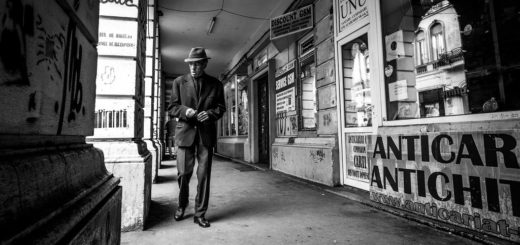Tripod Support for Film Cameras

Photo by Ibrahim Rifath
Tripods are three-legged devices used to support cameras to minimize blur from shaky hands or long exposures and improve sharpness and detail. Tripods are generally recommended for:
- Long exposures, particularly night photography, to ensure the camera remains still for the duration of the exposure.
- Telephoto and macro lenses, or any other heavy lens, to assist in stabilizing the lens for a sharper image.
- Achieving precise framing of the image.
- Bracketing exposures to ensure the exact image is replicated.
- Photographers who need to repeatedly step away from the camera to position the subject.
- Motion photography to provide seamless panning and tilting movement.
- Portrait, and self portrait photography, to ensure the image is as sharp as possible.
For maximum strength and stability, tripods are generally braced around a center post. This post often allows the camera to be raised or lowered. Surrounding the center post are three collapsible legs. On the top of the tripod is the head where the photographer will find the camera mount. The camera mount is typically detachable from the tripod and has a thumbscrew to solidly attach the camera to the tripod. On the bottom of most cameras is a female counterpart that allows for the mount to be screwed into it. As most camera mounts on tripods have the screw insert, film camera bodies without the female counterpart cannot be solidly mounted.
Tripod Heads
There are two main types of tripod heads that allow panning, tilting, and varied angles for the camera, generally referred to as 2-way and 3-way heads, respectively. 2-way heads have a control for panning (left and right) rotation and a control for front tilting (up and down). 3-way heads have separate controls for panning rotation, front tilt, and lateral tilt (side to side). Each set of controls on the head are usually handles or knobs that can be turned to loosen or tighten each control and move the camera into a different positions. All controls can be tightened to ensure camera stability, and one, two, or all three of the controls can be loosened to provide smooth camera movement when using the tripod.
The Monopod
There is also a monopod device, which serves a similar purpose to the tripod, except that the monopod uses only one leg. Monopods do not provide the stability that the three-legged tripod can provide, but is generally lighter and easier to use in fast situations. Because the monopod sits on only one leg, the photographer is required to hold it to try and maintain stability, making the monopod less effective for sharp images.

















